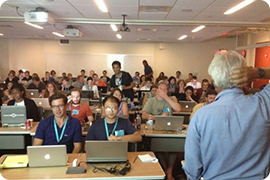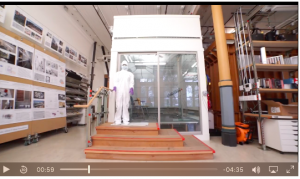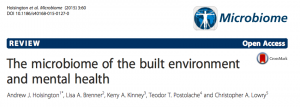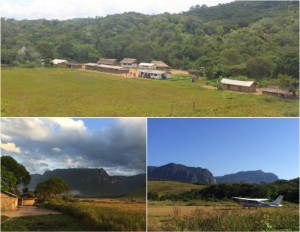I got an email the other day about a new feature at Figshare. It was about a new feature they have called “Collections“. But before I describe that I should probably describe Figshare. Figshare is a repository for depositing and sharing various digital objects including not just Figures (which they name kind of implies … …
In this new paper in MycoKeys we present a set of automatically updated lists of the most abundant fungal species hypotheses known from sequence data, but for which little to no taxonomic information is available. If anyone can shed light on the taxonomic affiliation of these species hypotheses, we’d be all ears. Through a “built environment” switch, …
The Marine Biological Laboratory in Woods Hole. MA will be offering their “STAMPS”: (Strategies & Techniques for Analyzing Microbial Population Structures) Course this August (8/3-8/13). Course Dates: August 3 — August 13, 2016 Deadline: April 8, 2016 | Apply here Course Website Course Schedule Directors: Mitchell L. Sogin, MBL and David B. Mark Welch, MBL …
Hello Microbe.net readers, I am Fangqiong. I recently received the Microbiology of the Built Environment Postdoc Fellowship from the Alfred P. Sloan Foundation. I will be studying a kind of built environment microbiome, the microbiome in the urban water cycle, in Professor Eric Alm’s lab at MIT. I am very grateful to the Sloan Foundation …
There is a new Youtube Video out from Science Friday today featuring the BioBE Center at the University of Oregon.
Source: The microbiome of the built environment and mental health | Microbiome | Full Text Andrew J. Hoisington, Lisa A. Brenner, Kerry A. Kinney, Teodor T. Postolache and Christopher A. Lowry When I saw the title of this I cringed a bit, worried that this paper would be overselling what we know about the microbiome and …
Microbes are ubiquitous in the built environment and present as a unique ecological component of importance for indoor air quality. One major influence of microbial activities on indoor air quality is through the emission of volatile organic compounds (VOCs). Although a variety of microbial VOCs (mVOCs) have been identified in laboratory studies, compounds exclusively of …
In our previous 2012 Sloan project “Microbes of the built environment spanning human urbanization” we studied environmental microbes in gradients of transculturation and of urban social stratification at the basin of the Amazon River, from hunter-gatherer villages in Peru, to the modern city of Manaus. The results showed an association between changes in home …
Just a quick note to save the date for the 5th Annual Microbiology of the Built Environment Conference to be hosted at CU Boulder from June 1st to June 3rd, 2016. I missed the 4th meeting but the first three were a great opportunity to hear a mix of talks from the various disciples in …
Gearing up the UNITE database for the built mycobiome The team behind the UNITE database for molecular identification of fungi has been granted support from the Sloan Foundation to strengthen the support for fungi from the built environment. Launched in 2001 as an ITS database for identification of ectomycorrhizal fungi in the Nordic countries, UNITE …




